I teach in Takayama City in the Gifu prefecture of Japan. Like many places, Takayama has many unique qualities that set it apart from other areas in Japan. One of these unique qualities is that Takayama is the largest city in Japan by area. It is 2178 km
It was only recently that this happened, too. In 2005, there was some government restructuring, and several neighboring villages became under the Takayama Municipality. These are the villages of Shokawa, Kiyomi, Kokofu, Nyukawa, Miya, Kuguno, Asahi, Kamitakara, and Takane. Their government offices became branches of Takayama, and Takayama's government now ran these towns, too. Or something like that.
Despite having such a large land area, there's only 92,000 some people living here. And only 60,000 or 70,000 people in the central Takayama city. The outer lands of Takayama have a lot of mountainous forested wilderness with pockets of neighborhoods in the valleys connected by narrow winding roads. The most distant and ill-populated of which is Takane.
Even at the time of the merge, Takane didn't even have 1000 residents. Wikipedia says they had 780 in 2003. But, they were still their own municipality, complete with its very own Elementary and Junior High schools. At least they did until 2007. 2 years after the Takayama merge, with such few students, they closed those schools down. And the school children of Takane now take a bus to the next village over, Asahi.
Over the summer, I wanted to visit Takane, and see what this forest oasis looked like, and I went with new ALT Simona who had just arrived in Japan 2 weeks prior.
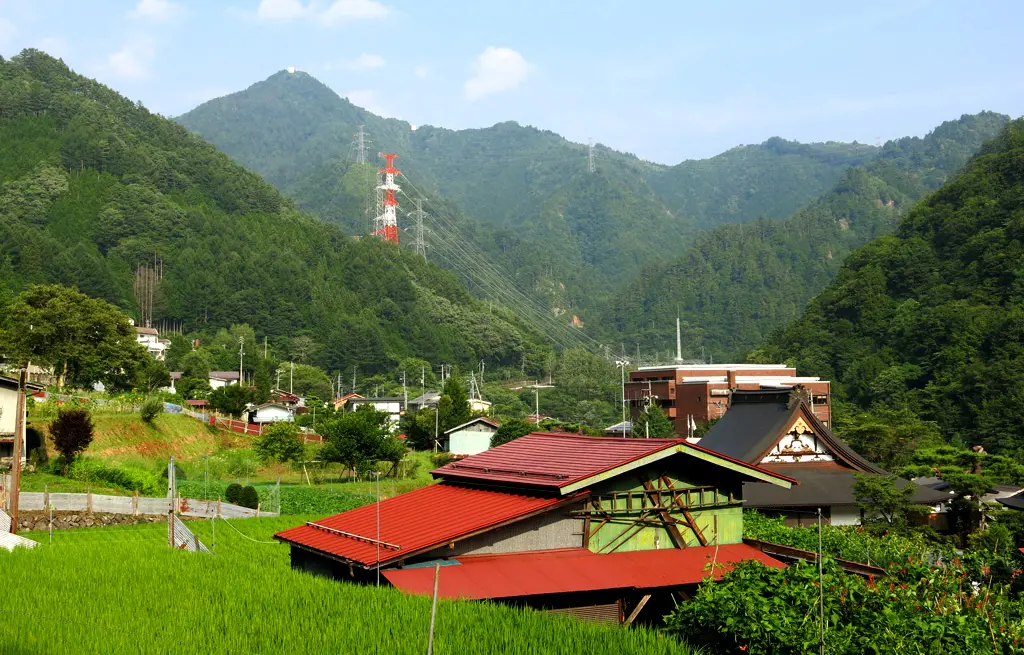
And this is basically it. After driving through some thick forests, and windy mountain roads, there are a few houses, a couple of buildings, and then the forests open up a little bit, and you're greeting with the post office. Takane is a very vertical village. The residents shaved off a side of the one of mountains, and set up town. There's a ryokan, city hall, the post office, several houses, rice fields, and a few apartment buildings. But, there's really no commerce at all. No convenience store. Not even a grocery store. I think there was a liquor store, though.
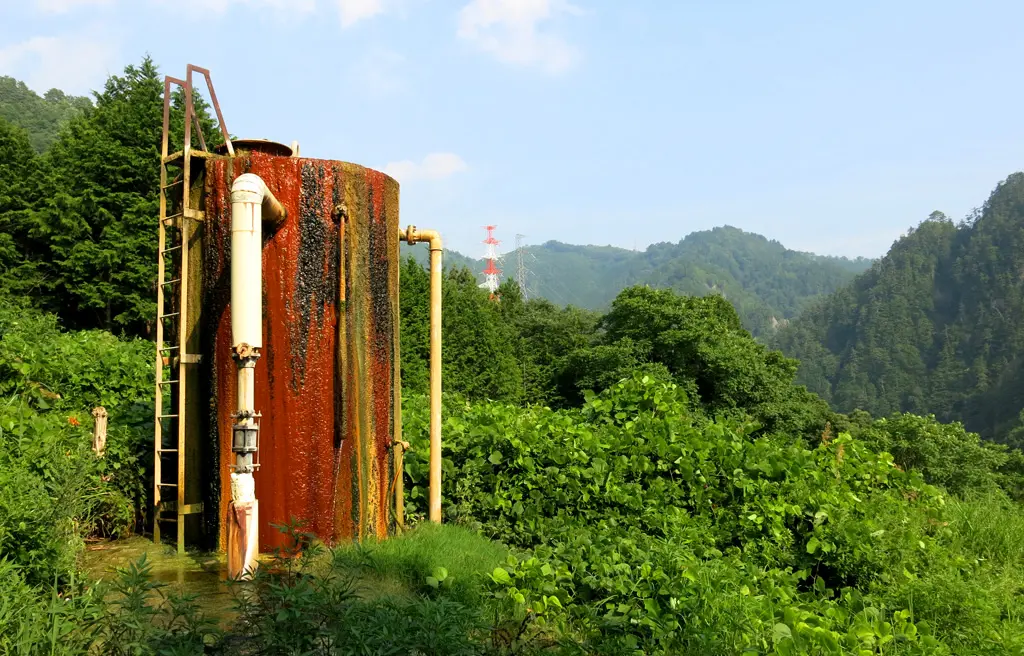
This place reminds me of LOST.
Most of the traffic through the town are logging trucks heading up river to the logging camps past the massive dams.
Tucked away on the ends of the town were the former schools. Takane JHS was near the center of the town. Anyone living in town could easily walk there. It's on the other side of the valley, and mostly visible from the town.
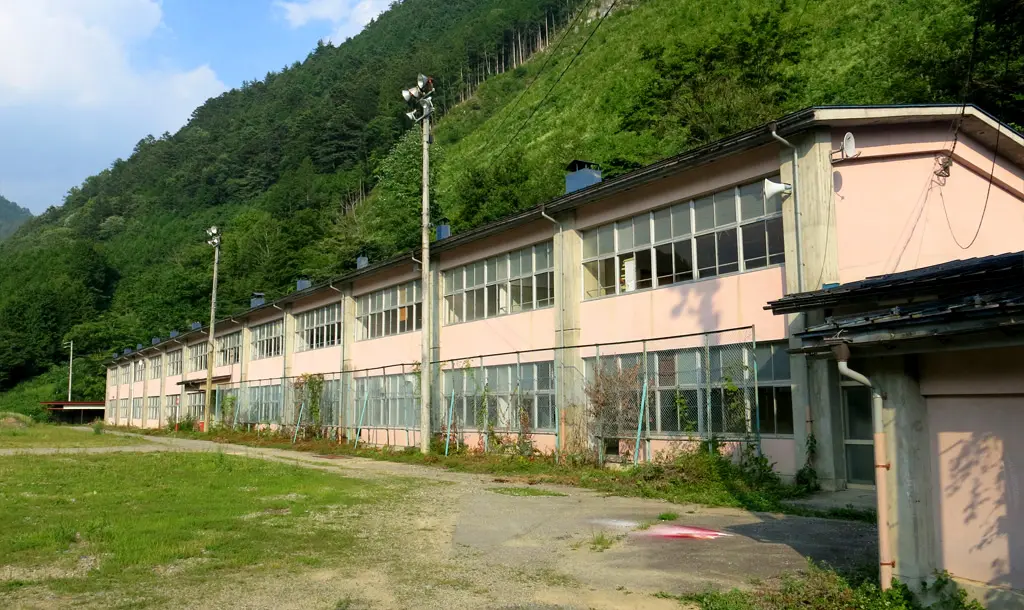
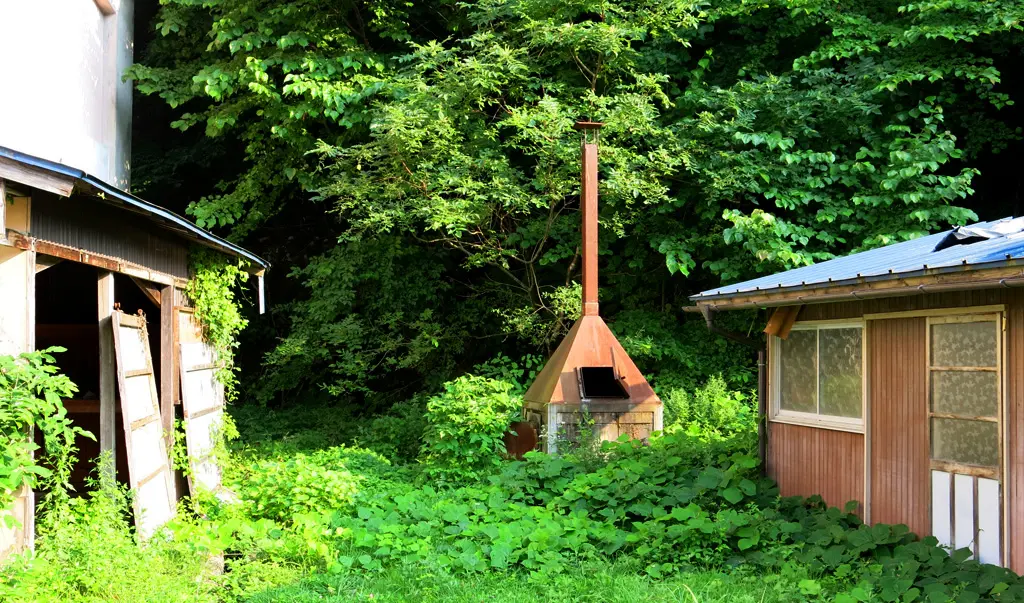
Most of the school was abandoned and no longer cared for. The foot lockers in the entrance way were all torn up. And the inside of the gym was dirty and probably hadn't been visited in over a year. Out back was the incinerator, and changing rooms which had plenty of rust and wood damage.
Though, right next to the gym was a "gate ball" arena, so the elderly people in town were still coming up here on a regular basis. (Gate ball is very similar to croquet)
On the way into and out of town is Takane ES. Unlike the Junior High, this building still showed plenty signs of use. Looking in the windows, we could clearly see that the Home Ec. room was completely clean and well kept. The village probably still holds cooking classes for the residents.
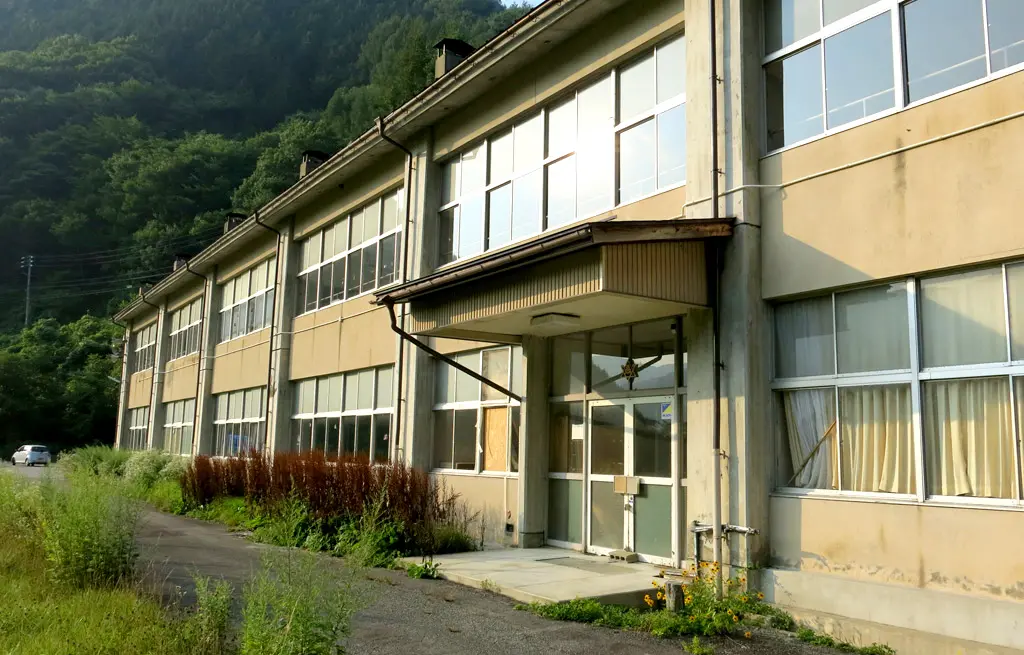
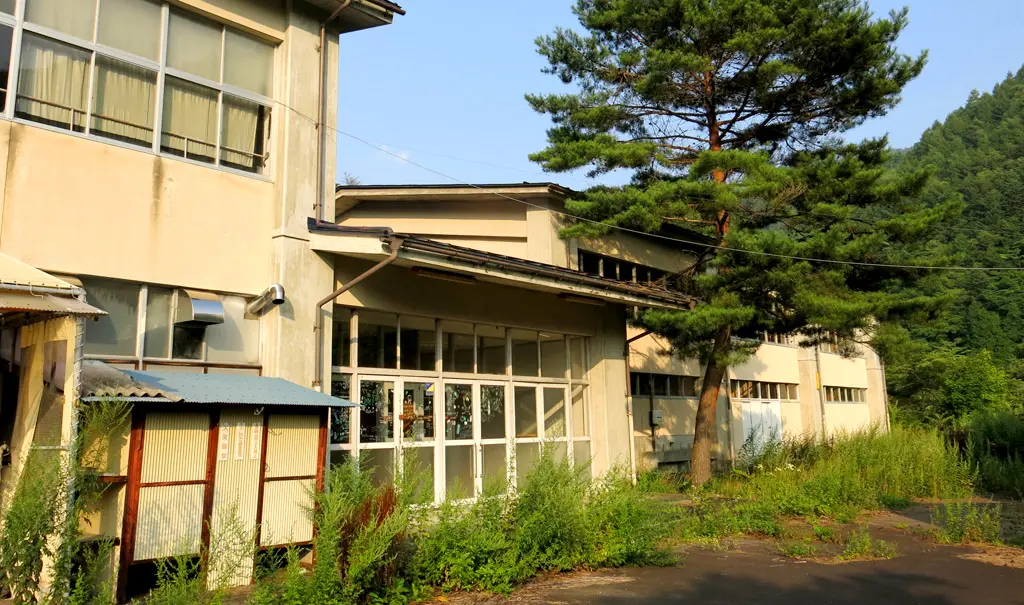
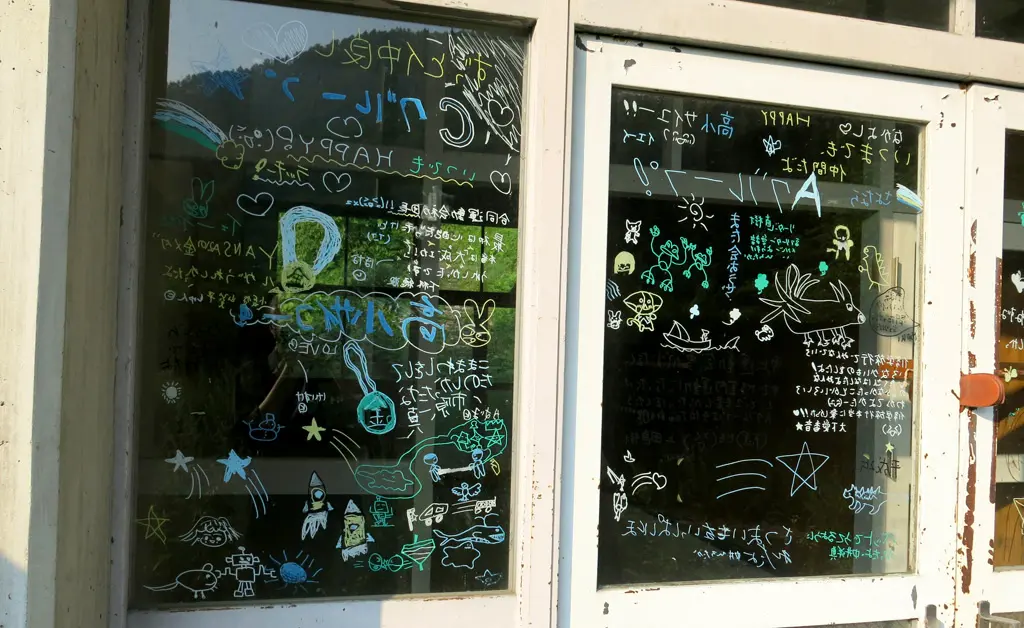
The most interesting part of the elementary school was the student entrance. Across the 4 windows of the entrance were goodbye messages written by the students in the final year of the school. The school's student must've been divided into 4 groups for doing activities, and cleaning, and whatever. Each group got to write their messages on a window.
Many of the messages say いつでもHappy (Always Happy), and 高小サイユー (Takane ES Goodbye). It's hard to tell exactly how many students attended the school in its last year, but from counting the messages, maybe 30 or 40 students were there.
It's cute, and sad, but amazing that all these messages are still there 6 years after the fact. A record.


